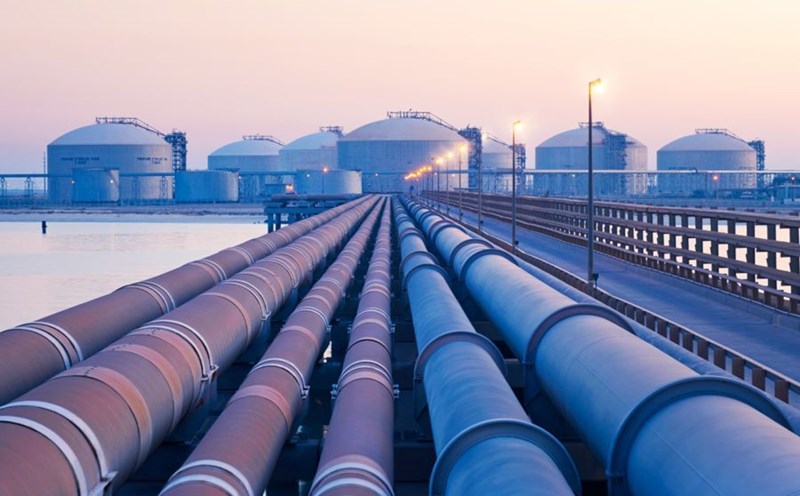The report on the real estate market for townhouses just released by Savills Vietnam shows that in the first 3 months of 2025, Ho Chi Minh City has nearly 700 villas and townhouses for sale. New supply increased by 14% compared to the previous quarter but liquidity was slow, with only 69 units traded, equivalent to an absorption rate of about 10%.
Market research data from real estate consulting firm DKRA Group also shows notable figures, that is, in the first quarter of 2025, Ho Chi Minh City will provide about 1,500 villas and townhouses with new products and inventories. However, only 41 apartments here were successfully traded, equivalent to a consumption rate of only 11%.
Mr. Nguyen Hung, Director of a brokerage company specializing in the project townhouse segment in Thu Duc City, said that in the past two years, the supply of the villa and townhouse segment has been stagnant, especially projects with complete legal documents. That is also the reason why the market level of this segment is being adjusted to increase sharply and is being valued at very high prices.
According to statistics from a number of market research units and brokerage companies, the current price of townhouses in Ho Chi Minh City is an average of VND300 million/m2 in the first quarter of 2025, an increase of 12% compared to the previous quarter. This segment in Thu Duc City reached 480 million VND/m2, an increase of 41% over the same period in 2023 and established the highest level recorded in the past decade.
Surveying the actual selling price level, the reporter noted that the asking price of townhouses is even more expensive than market research reports. The market even has many projects with prices of several hundred billion VND per apartment.
For example, The Rivus Elie Saab villa (Thu Duc City), the price ranges from 120-750 billion VND per villa; Saroma Villa villa in Sala Urban Area, the price is 200-400 billion VND; Many projects being implemented in Nha Be, Binh Chanh, Binh Tan areas... also have an average price of 60-120 billion VND per villa.
Experts say that this is the reason for the sharp decline in liquidity of villas and townhouses in Ho Chi Minh City due to high prices, making it increasingly difficult for this segment to reach middle-class customers. The primary supply of townhouses in Ho Chi Minh City is having too high a selling price, less competitive than secondary goods and similar products, but the price is affordable in neighboring provinces.
On the demand side, buyers are still cautious about assets with high financial value because loan interest rates are not really attractive. These factors directly reduce the liquidity of land-based houses in Ho Chi Minh City last year.
Forecasting the villa and townhouse market in Ho Chi Minh City in the coming time, Savills Vietnam believes that supply will increase in the last three quarters of 2025, with 1,000 apartments for sale and half of these in Thu Duc City. High-end products, over 30 billion VND, continue to dominate. The houses above and below 10 billion VND are concentrated in the outlying provinces. High prices make it difficult for transactions in this housing segment to break out, according to Savills Vietnam.
This shows that the housing market in Ho Chi Minh City in general and low-rise real estate in particular will continue to be dominated by the high-end segment, lacking commercial housing projects suitable for the financial capacity of the majority of people.











